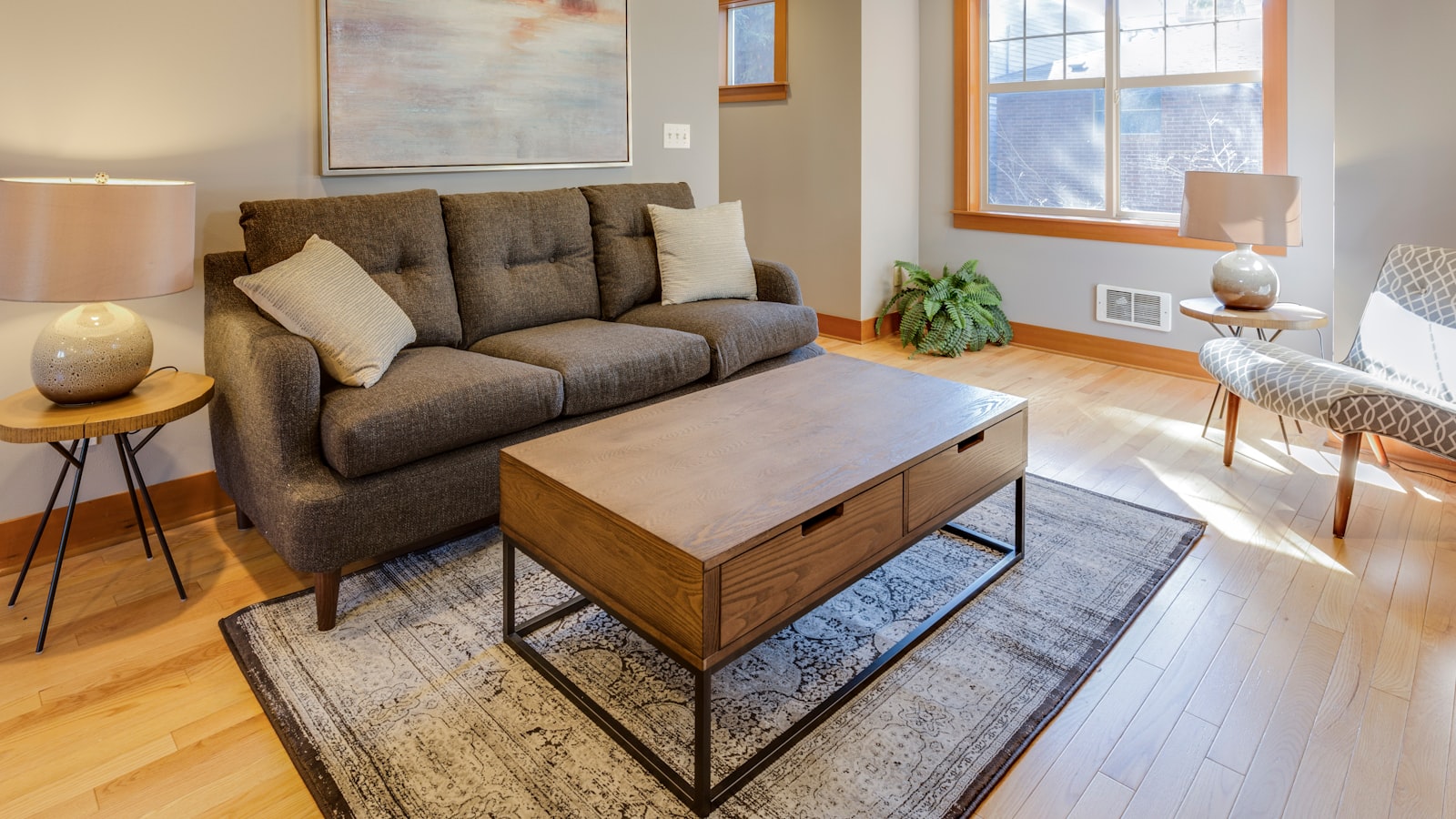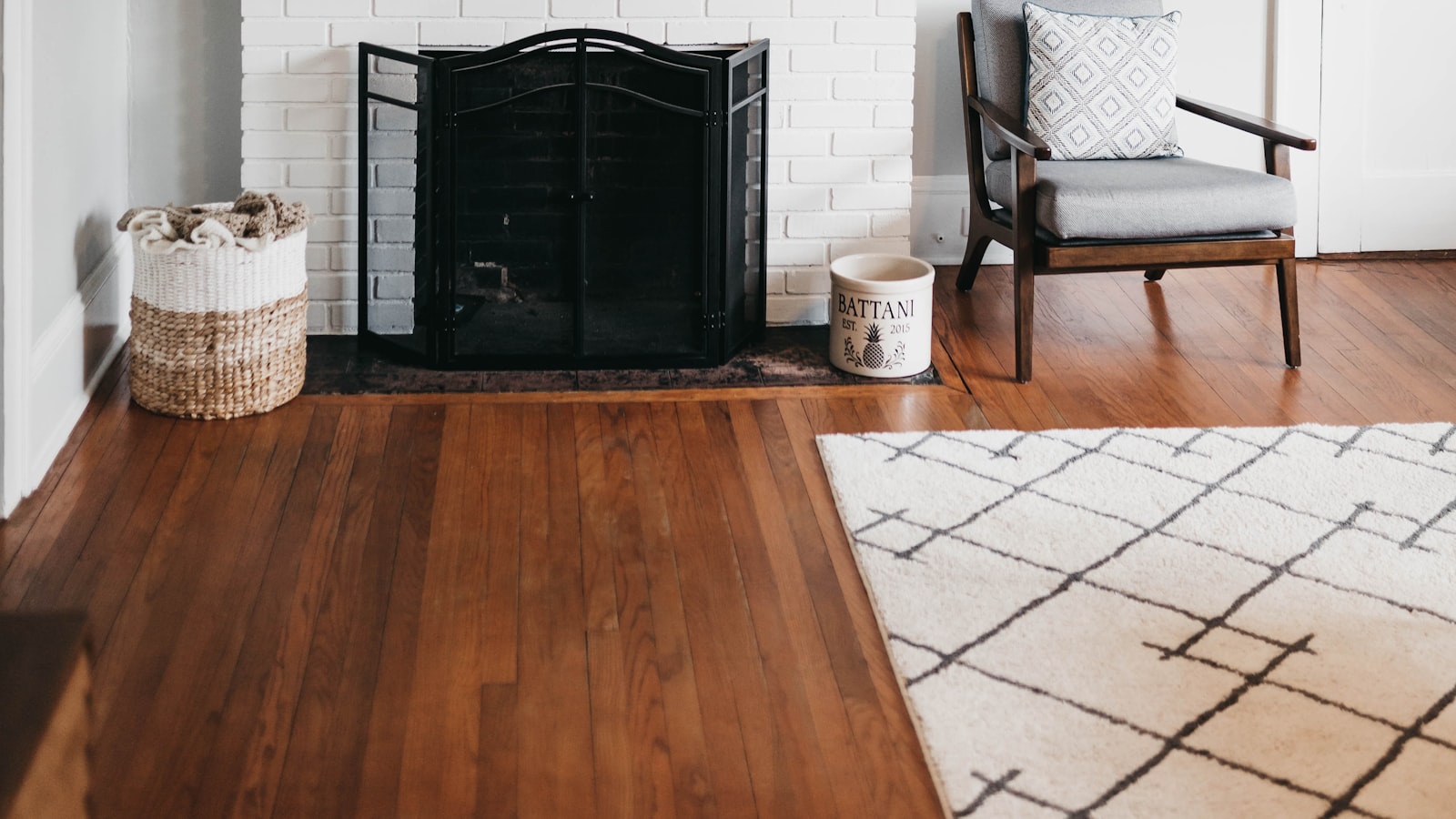Assisted Living Facilities

When looking for an assisted living facility, you should look at the facilities’ reviews and testimonials. It’s best to talk to residents, preferably ones who are similar to yourself. The decor and functioning levels should be similar as well. You should find an assisted living facility where your loved one can easily move from room to room, reach shelves, carpets, and floors, and feel safe in the setting. The building should also be comfortable for residents, not to mention odor-free.
assisted living facilities
Before selecting an assisted living facility, it is essential to learn more about the services and amenities that they provide. In addition to offering care, these facilities should have amenities and activities that promote residents’ quality of life. Assisted living communities may have activities, transportation services, spiritual interests, and recreational activities. Residents are encouraged to engage in hobbies and socialize with others in the community, and they may have the opportunity to participate in recreational activities. The most important aspect of assisted living is safety, which is why some facilities have security guards and alarm systems. Other services provided by assisted living facilities include personal care and help with daily activities.
When choosing an assisted living facility, it is important to understand how the rates will change over time. The first step in this process is identifying what your family’s needs are and what they can afford. A good place to start is with a community close to a hospital. While it is ideal for seniors to live close to a hospital, the distance may not be feasible for those who require more care. The next step is to visit several assisted living facilities and ask questions to confirm the facility’s quality of service.
does medicare pay for assisted living
Although Medicare does not pay for assisted living, it may be possible to find other funding sources. For example, some states have Medicaid waiver programs, which may lower the overall bill. If you are not eligible for Medicaid, you can also look into other funding sources like life insurance, Veterans aid, and even a reverse mortgage. For the most part, assisted living is not a high-cost option. If you do have to pay for the costs out of pocket, there are some legal options available.
While most assisted living costs are not covered by Medicare, there are options available. Medicaid and Long-Term Care Insurance may cover some costs. But these programs are not comprehensive and may only cover a portion of the costs. Additionally, Medicaid eligibility is based on a person’s income, which varies from state to state. If you don’t qualify for Medicare, you may be able to apply for private insurance.
how much is assisted living
How much is assisted living? That is a question that plagues many Americans. Assisted living costs anywhere from $50 per day to $300 per day. But, there are ways to lower the costs and make your money go further. For instance, you can purchase long-term care insurance. These policies are generally less expensive if you buy them when you are younger and healthier. Waiting too long to purchase them can cause them to become ineligible for coverage.
Depending on the level of care your loved one requires, there are several payment options to fit your budget. Private pay assisted living can be a good choice for some, but can quickly add up. If you don’t have the financial means for a monthly payment, you can look into fixed dollar pay plans. These plans can last between one and three years but may not keep up with the actual cost of senior living. If you’re unsure of whether a fixed dollar payment plan will be right for you, ask your loved one’s current financial situation before committing to one.
who pays for assisted living
While Medicaid and long-term care insurance are available, they don’t always cover the costs of assisted living. To help pay for these services, you should explore state and local programs to see what they offer. Other funding options include life insurance, reverse mortgages, and long-term care insurance. All have their pros and cons. If none of these options works for you, consider private funding sources to cover the costs. Here are some common ways that individuals have covered the costs of assisted living.
Medicare will not pay for assisted living facilities. However, Medicaid will cover some of the costs, but the benefits are limited. However, Medicaid will cover respite care stays of 90 days or less, and some assisted living communities accept Medicaid. There are other factors that may reduce or stop Medicaid’s payment, however, including the parent’s physical condition improving during the respite stay. It is important to contact your local Area Agency on Aging for help finding long-term residential care.
assisted living vs nursing home
When choosing between an assisted living facility and a nursing home, mobility plays a major role. Nursing homes are best suited to individuals who are bedridden, have lost side-use from a stroke, or are unable to move around. However, if you can manage daily activities while in a wheelchair, assisted living facilities are the better option. However, you should consult with a medical professional before making the decision.
Although Medicare and Medicaid cover nursing home care, most individuals must pay out-of-pocket. Medicare pays for up to 100 days of skilled nursing care, but does not cover the rest. Medicaid offers supplemental nursing home care for people who qualify for it. In addition to comparing nursing homes, Medicaid’s website also offers resources for exploring coverage options. You can also look into long-term care insurance to see if it covers some of the costs.










